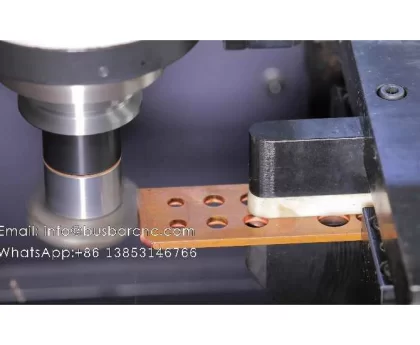Polishing refers to the use of mechanical, chemical or electrochemical effects to reduce the surface roughness of the workpiece to obtain a bright (some are also used to eliminate gloss) and a smooth surface. At present, it is widely used in various industries, such as mobile phones and other consumer electronics, home appliances, automobiles, etc.
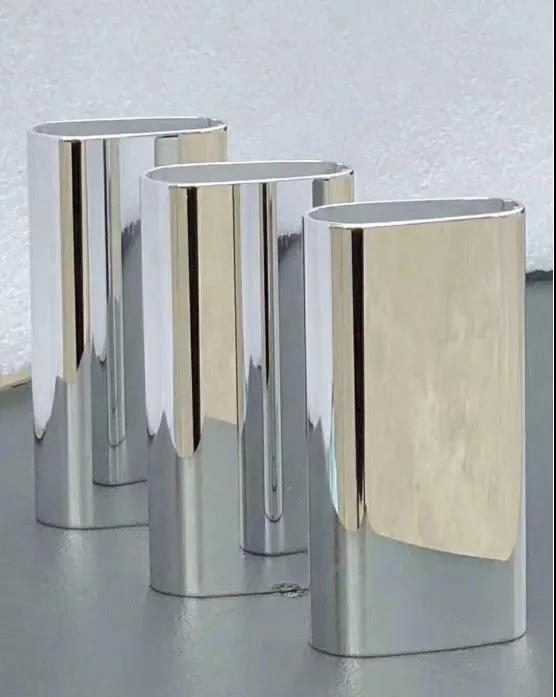
Figure Electronic cigarette shell polishing products, from Suilian Automation
Polishing is a traditional and necessary manufacturing process, but at the same time, a large amount of dust is generated during the polishing process, which seriously endangers the health of workshops and workers, and environmental protection issues have attracted much attention. There are many kinds of polishing processes, including mechanical polishing, electrolytic polishing, chemical polishing and nano-polishing. Today we will take a look at the comparison of the advantages and disadvantages of these four polishing processes.

Figure Grinding and polishing workshop, provided by Spring Grass Grinding
1. Mechanical polishing
Mechanical polishing is currently widely used in various manufacturing industries. It is carried out on a special polishing machine, which is mainly composed of a motor and a polishing disc. According to the different materials of the product to be polished, polishing consumables of different materials are placed on the polishing disc, and the rough polishing and fine polishing consumables are selected. different. When polishing, the grinding surface of the sample should be pressed evenly and flatly on the rotating polishing disc. The pressure should not be too large, and the radial reciprocating movement is continuously made along the edge of the disc to the center. Through the relative grinding and rolling action between the ultra-fine polishing powder (liquid) and the grinding surface, the grinding marks are eliminated to obtain a bright mirror surface.

Figure polishing consumables
Advantages and disadvantages of mechanical polishing:
The advantage is low cost and simple operation;
The disadvantage is that the efficiency is low, it is easy to cause uneven polishing surface, the polishing time is difficult to control, and it is suitable for surface treatment of small area.

Figure Stainless steel middle frame mirror polished product
2. Electropolishing
Electropolishing is a kind of anode polishing. It is a kind of electrolytic processing that uses the principle that the anode first dissolves in a specific electrolyte and an appropriate current density to polish the microscopic bumps on the metal surface, also known as electropolishing. At present, stainless steel electrolytic polishing is favored by more and more enterprises, and it is an environmentally friendly polishing. Welcome to add 185+6572+7094, note “craft exchange”, enter the CMF Design Corps industry exchange group, and communicate with industry experts~
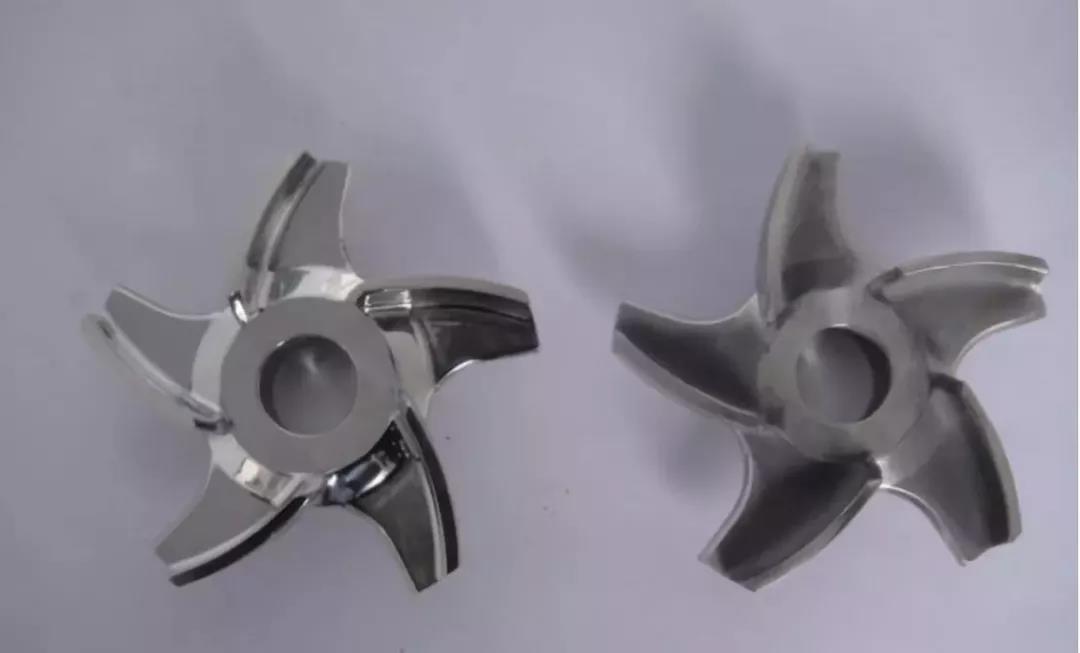
Figure Electrolytic polishing comparison chart of small stainless steel parts
It can be used not only for surface preparation before electroplating, but also for surface finishing after plating, and as an independent finishing method for metal surfaces. At present, it is widely used in the processing of bearings, reflectors, cutting tools, measuring tools, bicycle parts, textile machinery parts and medical equipment.
Note: The electrolyte usually consists of three components: (1) oxidizing acid, which is the main component of the electrolyte, such as perchloric acid, chromic acid and orthophosphoric acid, etc.; (2) solvent, which is used to dilute the acid and can dissolve In the film produced by grinding the surface during the polishing process, such as alcohol, acetic anhydride and glacial acetic acid, etc.; (3) water.

Figure Schematic diagram of electropolishing principle
Advantages and disadvantages of electropolishing:
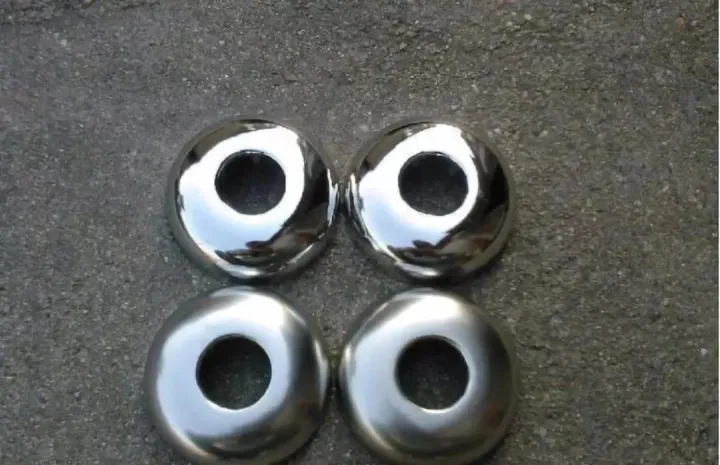
The advantage is that it can polish hard materials, soft materials, thin-walled, complex-shaped, and small parts and products that are difficult to polish by mechanical means. The polishing time is short, multiple pieces can be polished at the same time, the production efficiency is high, the cost is low, and the corrosion resistance of the product surface is increased. Sex, will not cause metal surface deformation, etc.;
The disadvantage is that the pre-polishing treatment is more complicated, the electrolyte has poor versatility, the service life is short, and it is highly corrosive and difficult to handle.
Figure Electropolishing
3. Chemical polishing
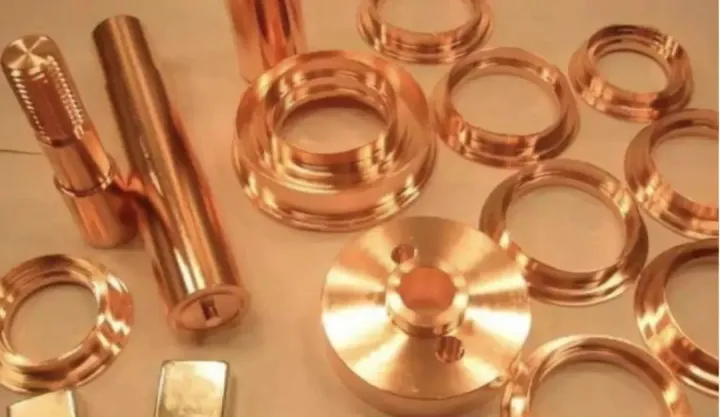
Similar to electrolytic polishing, chemical polishing is a method that relies on the chemical etching of chemical reagents to selectively dissolve the uneven areas of the sample surface to eliminate wear marks and etch leveling. The chemical polishing equipment is simple and can handle thin tubes, parts with deep holes and complex shapes, and has high production efficiency. Chemical polishing can be used as a pretreatment process for electroplating, or it can be used directly after polishing with necessary protective measures.
Figure Added chemical polishing products with environmentally friendly brighteners
Advantages and disadvantages of chemical polishing:

The advantage is that the chemical polishing equipment is simple and can handle parts with complex shapes;
The disadvantage is that the polishing quality is not as good as electrolytic polishing, the service life of the polishing solution used is short, and adjustment and regeneration are difficult. During the chemical polishing operation, nitric acid emits a large amount of yellow-brown harmful gas, which is very serious for environmental pollution.
Figure chemical polishing process
4. Nano polishing
Nano polishing is called plasma polishing, which is a new type of environmentally friendly polishing process. The polishing liquid used in nano-polishing has a small oxide particle size and strong hardness, so no scratches are generated during polishing, and the polishing effect is good. Widely used in consumer electronics, furniture, medical, automotive, aerospace and other fields
Compared with the traditional polishing process, the advantages of nano-polishing are:
1. Very environmentally friendly
Nano-polishing liquid is very environmentally friendly, and its waste liquid can be discharged directly without causing pollution, or it can be recycled after a little treatment. And it has no pollution to the processing environment and adapts to the development direction of green manufacturing;
2. Simple operation
Plasma nano polishing adopts special automatic control equipment, which is easy to operate and easy to maintain;
3. Low cost
The processing cost is low, which is beneficial to popularization, and can reduce operating personnel and labor costs. At the same time, it can also save customers a lot of material consumption caused by traditional polishing methods such as manual mechanical polishing, electrolytic polishing, and chemical polishing;
4. High efficiency
The automatic control equipment can achieve the electroplating mirror effect within ten seconds to two minutes through special chemicals, which greatly improves the production efficiency;
5. Good polishing quality
The products polished by the automatic control equipment have high quality, extremely high precision control, small size influence, uniform polishing, so that the entire workpiece surface and dead corners can achieve a consistent mirror effect, and can also enhance the chemical properties of the product surface.




